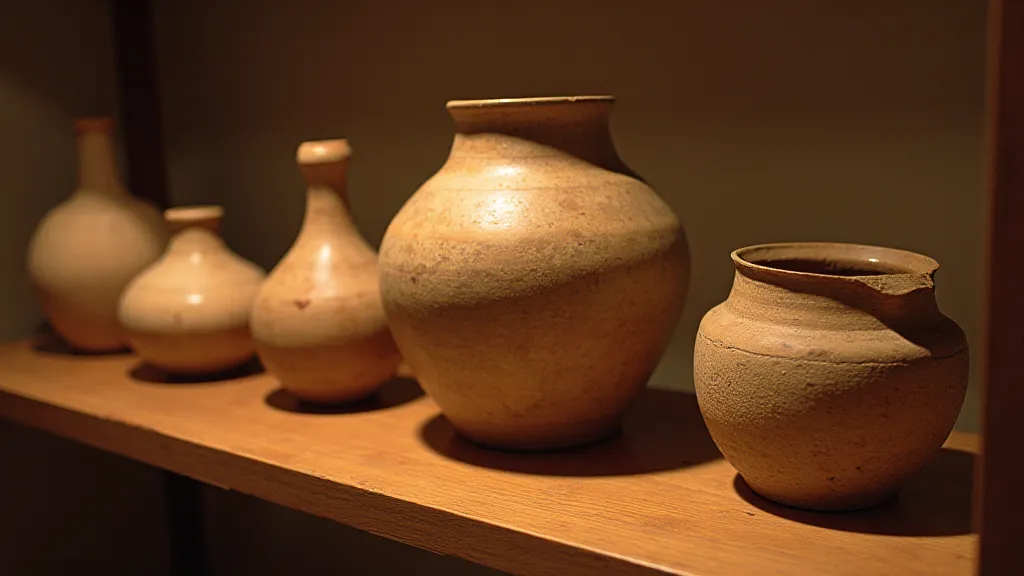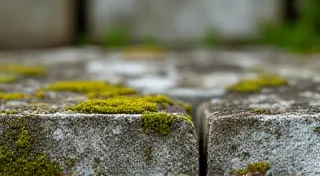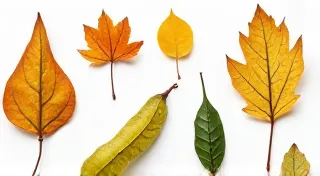Slab by Slab: Constructing Identity in Regional Pottery Forms
There's a profound poetry to pottery, a quiet resonance that transcends mere functionality. It's not simply about shaping clay; it's about imbuing it with history, with meaning, with the very soul of a community. And when you begin to explore the world of regional pottery, this poetry swells, becoming a chorus of voices echoing across centuries and continents. It’s a testament to how, even in the simplest of forms, a people can sculpt their identity.
My grandfather, a carpenter by trade, used to say that every piece of wood held a story – the conditions of its growth, the forest it came from, the hands that felled and shaped it. I feel that same sentiment applies to pottery. Each vessel, each tile, each figure isn’t just clay; it’s a tangible expression of a region’s values, beliefs, and aesthetic preferences. These aren’t inventions sprung from a vacuum; they’re evolutions, adaptations to environment and culture, passed down through generations. The entire process, from sourcing the clay to the final firing, is a conversation with the earth – a practice deeply intertwined with the landscape.
Consider, for example, the distinctive forms of Acoma pottery from New Mexico. The Acoma people, known as the "Pottery People," have been crafting these stunning pieces for centuries. Their traditional vessels, often large storage jars and elegant polychrome pots, boast a remarkable thinness and a striking upright form. This isn’t accidental. The severe beauty reflects the landscape itself – the mesas, the vast skies, the stark resilience of life in a desert environment. The emphasis on verticality speaks to a reverence for the sky and the spiritual realm. It's hard to gaze upon one of these pots and not feel a sense of profound stillness and enduring strength. The very act of creating this pottery embodies a deep connection to the natural world, a relationship that has shaped both the art form and the community itself – much like how the clay responds to the heat during the firing process, yielding to transformative power.
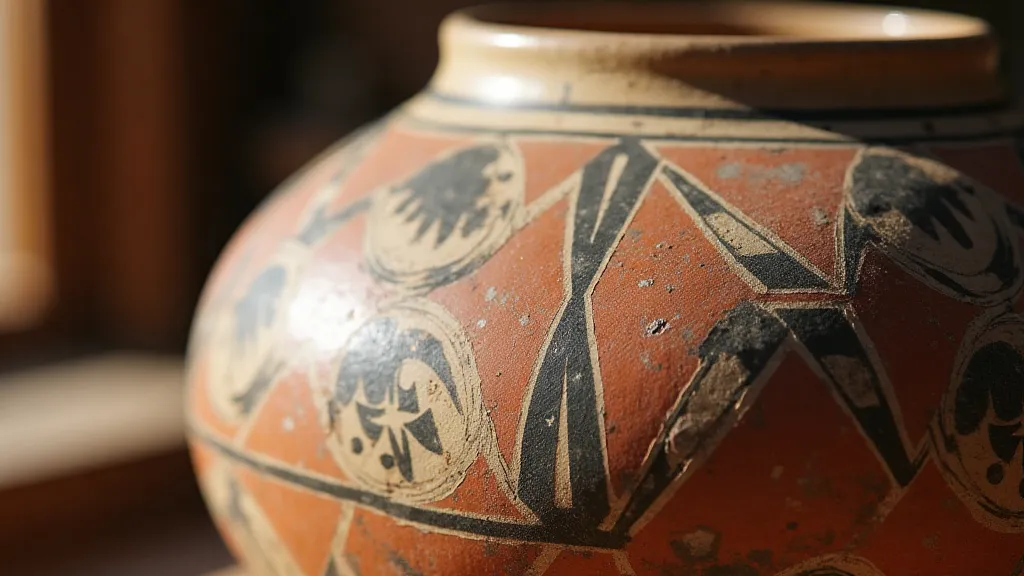
The Story in the Shape: Japanese Jomon Pottery
Venturing across the globe, the Jomon pottery of Japan offers another compelling example. Dating back as far as 14,000 years ago, these early vessels are unlike anything else in the archaeological record. Unlike the symmetrical, utilitarian pots that would emerge later, Jomon pottery is characterized by its organic, almost whimsical forms, often adorned with deeply impressed patterns resembling ropes and cords. These aren’t the creations of a people striving for efficiency; they’ve embraced asymmetry, texture, and even a touch of the grotesque. The "coma" patterns, from which the period derives its name, are not just decorative; they might represent fertility symbols or perhaps serve a ritualistic purpose, binding the vessel to the earth and the spirits. The incredible diversity in styles and techniques across different Jomon sites speaks to localized traditions, demonstrating how deeply the pottery connected with the surrounding natural landscape.
Imagine the hands that pressed those cords into the clay – the same hands that harvested wild rice, fished in the ancient rivers, and built a culture in harmony with a challenging landscape. The shapes aren’t just aesthetically pleasing; they embody a worldview – a recognition of the power and unpredictability of nature. The lack of a consistent style across different Jomon sites further reinforces the idea that these were localized expressions of identity, reflecting the unique experiences of small, independent communities.
The Influence of Environment: Minoan Pottery and the Sea
The Minoan civilization, flourishing on the island of Crete during the Bronze Age, provides a particularly poignant illustration of how environment shapes traditional pottery. Minoan pottery is renowned for its vibrant colors and depictions of marine life – dolphins leaping, fish swimming amongst seaweed, octopi gracefully twisting. This wasn’t arbitrary. Crete, a maritime nation, relied heavily on the sea for sustenance and trade. Their pottery wasn’s just about storing grain or wine; it was a celebration of their connection to the ocean, a way of ensuring its continued bounty. The light, airy style often reflects the bright Mediterranean sunlight and the culture’s relaxed, joyous spirit. The techniques used to achieve these vibrant hues and intricate designs are a testament to the resourcefulness and skill of Minoan artisans, deeply connected as they were to their unique coastal environment.
I remember visiting the Heraklion Archaeological Museum in Crete. Standing before a beautifully preserved Kamares ware jar, I felt transported to that ancient world – the scent of salt air, the sound of waves crashing against the shore. It's these details, these sensory connections, that truly bring the past to life. Examining the delicate lines and flowing shapes, one can almost hear the echoes of the Minoan sailors returning home with their precious cargo.
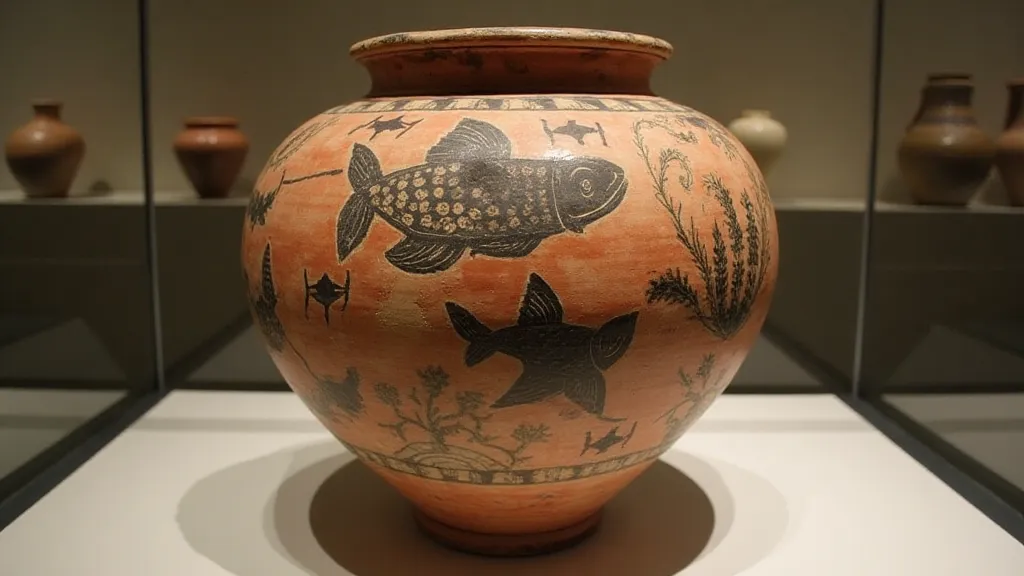
Beyond Function: Ceramic Figures and Ritual
The significance of regional pottery often extends beyond simple utility. Throughout the world, ceramic figures have been created for religious purposes, as toys for children, and as representations of ancestral spirits. The terracotta army of Qin Shi Huang in China, for example, isn't just an astonishing feat of engineering; it’s a profound statement about the emperor’s belief in the afterlife. Similarly, the terracotta figurines of ancient Greece, often depicting scenes from mythology or everyday life, provide invaluable insights into their culture and values. The way these figures were crafted and utilized speaks to the deep connection between pottery and spiritual beliefs across cultures.
Consider the *comets* of Okinawan pottery - small, whimsical figurines often shaped like animals or mythical creatures. These aren’t mass-produced items; they are created by individual artisans, each imbuing their work with a unique personality. The slight imperfections, the subtle variations in glaze, are not flaws; they are marks of the artist's hand – reminders that these are handcrafted objects, imbued with soul. These imperfections are a hallmark of the human touch, a stark contrast to the pursuit of perfect uniformity often seen in modern manufacturing, and a reminder of the rich history of apprenticeship in pottery guilds that ensured the transmission of these skills.
Preserving a Legacy: Restoration and Appreciation
The study and appreciation of pottery, and particularly regional pottery, is an act of preservation. Many of these traditions are fragile, threatened by globalization, economic pressures, and the loss of traditional knowledge. The restoration of antique pottery is a delicate process, requiring a deep understanding of materials and techniques. It's not about erasing the passage of time; it's about stabilizing the piece, preserving its integrity, and ensuring that it can be enjoyed by future generations. The careful selection of materials and the nuanced application of techniques are crucial to ensure the restored piece retains its historical authenticity, honoring the legacy of the original artisans.
Collecting regional pottery offers a unique opportunity to connect with the past, to learn about different cultures, and to support the work of contemporary artisans. But beyond the monetary value, the true reward lies in the beauty of the objects themselves – the quiet elegance of an Acoma jar, the whimsical charm of a Jomon figure, the vibrant energy of a Minoan vessel. These are more than just containers; they are windows into the soul of a people. They represent a tangible link to the past, a connection to the hands and minds that shaped them, and a testament to the enduring power of human creativity and cultural identity.
My grandfather, the carpenter, used to say that the beauty of a well-made object wasn’t just in its appearance; it was in the story it told – the story of the hands that made it, the materials it was made from, and the culture it represented. And when I hold a piece of traditional pottery, I feel that story resonate within me, a quiet reminder of the enduring power of human creativity and cultural identity. The enduring nature of these forms, often passed down through generations, speaks to a profound respect for tradition and the enduring importance of cultural heritage. These aren't just objects; they are vessels of memory, carrying the stories and values of entire communities across time.
